SDG #11 is to “Make cities and human settlements inclusive, safe, resilient and sustainable”
Within SDG #11 are 10 targets, of which we here focus on Target 11.1:
By 2030, ensure access for all to adequate, safe and affordable housing and basic services and upgrade slums
Target 11.1 has one indicator:
Indicator 11.1.1: Proportion of urban population living in slums, informal settlements or inadequate housing
UN-Habitat, also known as the UN Human Settlements Programme, is the agency with most relevance to SDG #11. Its efforts seek to uphold Article 25 of the Universal Declaration of Human Rights, which is:
“Everyone has the right to a standard of living adequate for health and wellbeing.”
An estimated 1.6 billion people live in inadequate housing, a billion of these in slums and informal settlements.
The year following the adoption of the SDGs, the UN held a conference known as Habitat III. This conference adopted the New Urban Agenda. The intent was for this to build on the 2030 Agenda which underpins the SDGs, with a particular focus on the topic of SDG #11. This conference was also known as the UN Conference on Housing and Sustainable Urban Development, held in Quito.
Target 11.1 of the Sustainable Development Goals carries on the work of target 7.d of the Millennium Development Goals, which was to:
“Achieve, by 2020, a significant improvement in the lives of at least 100 million slum dwellers.”
The world met Target 7.D of the MDGs threefold, but the total number living in slums increased by 88 million over the MDG period between 2000-2015.
As of 2020, a quarter of the global population live in slums, informal settlements or inadequate housing. Among countries with data, South Sudan has the highest concentration with 94% of its population. Chad follows with 82%.


